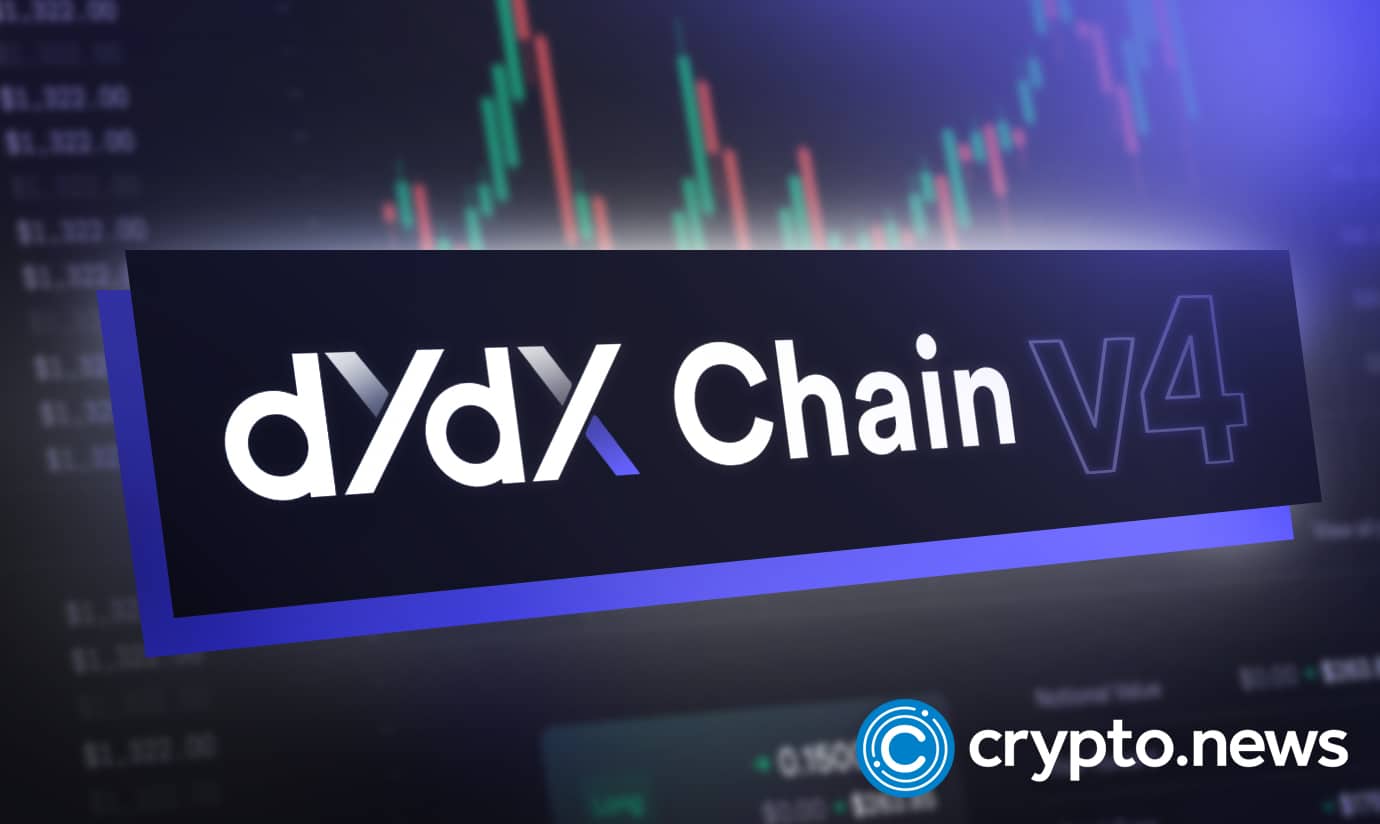dYdX suspends the Layer-2 transfer feature to seal a possible exploit

dYdX, a decentralized exchange supporting the perpetual trading of crypto assets, including ethereum (ETH) and bitcoin (BTC), has suspended the Layer-2 transfer feature.
The move follows a recommendation from the product and legal teams and aims to seal a potential exploit.
The platform has stated that the L2 transfer feature will be shipped once they activate v4. For now, dYdX is apologizing for the inconvenience caused.
DeFi protocols remain targets for hackers. In 2022, billions were lost when attackers discovered and exploited flaws in DeFi smart contracts and bridges.
The safety precaution by dYdX averts one from happening, safeguarding user assets.
dYdX is a DeFi protocol, enabling the trustless trading of perpetual futures. Users can trade listed assets through the portal without registering for accounts or submitting details as part of the know-your-customer (KYC) demanded in centralized exchanges like Bybit.
As of Jan. 28, dYdX had $421.43m and was one of the most liquid derivatives trading platforms on Ethereum.
With the collapse of some centralized exchanges, which were once thought to be stable and liquid, including FTX, most people moved their assets to non-custodial wallets such as MetaMask. From these wallets, they are free to trade a wide range of assets cheaply while still controlling their assets.
The dYdX platform offers an option for traders who want to be in control while trading like they would via centralized exchanges like Binance. To realize this seamless experience, the Layer-2 transfer feature was a critical part of this convenience.
dYdX launched its Layer-2 feature in the first half of 2021, enabling the trading of cross-margined perpetuals. The solution tagged cost benefits and scalability advantages using StarkWare’s StarkEx scalability engine. For trustless operations, the derivatives trading protocol also uses smart contracts.
The Layer-2 transfer feature, as the team assures, will be reactivated with the dYdX v4. This launch will launch the derivatives protocol as a standalone interoperable blockchain based on Cosmos software development kit (SDK) and the underlying infrastructure, the Tendermint Proof-of-Stake consensus algorithm. Developers said the exchange would be off-chain and feature an off-chain matching engine and order book with higher throughput.














